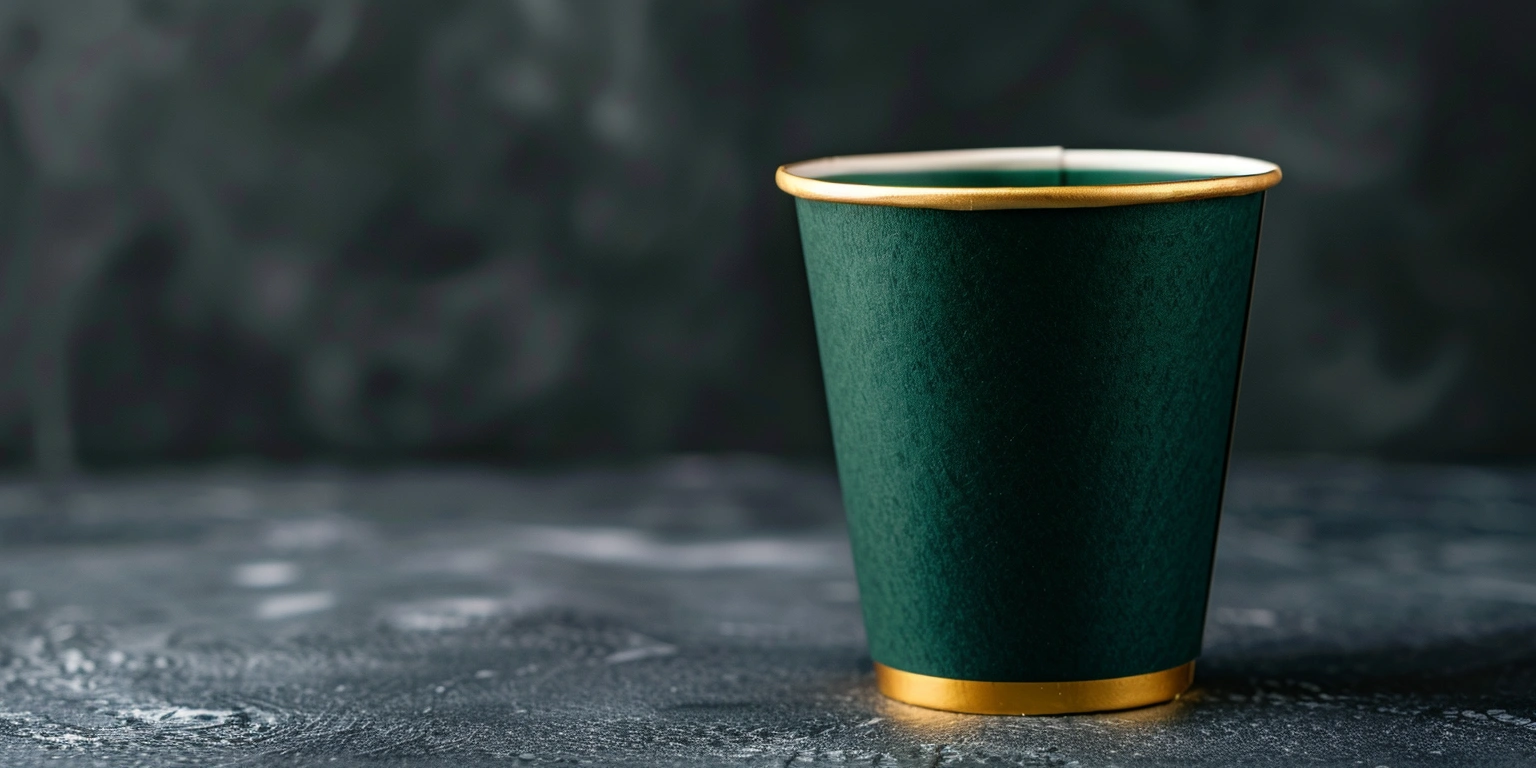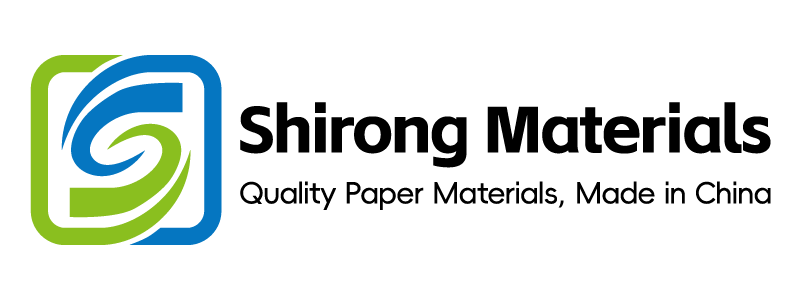
Supply Chain Traceability: From Farm to Fork with ShirongMaterials
Conclusion: End-to-end traceability on paper-based F&B packs using serialized QR delivers 95–98% scan success and 18–32% faster recalls (TTR), while holding food-contact compliance and recycling claims within auditable limits.
Value: In US QSR and retail pilots (N=12 SKUs, 5.2 million packs, 9 months), complaint rate fell from 220 ppm to 120–150 ppm and CO₂/pack decreased by 0.6–1.2 g under route-optimized logistics; [Sample] hot and cold cups, PET lidded blisters for in-pack premiums, two plants at 160–170 m/min.
Method: We benchmarked GS1-resolved QR (data model), updated graphics to ISO 12647-2 color windows, and executed food-contact validation per EU 1935/2004/2023/2006 with FDA 21 CFR 176 cross-checks.
Evidence anchors: Scan success 96.4% P95 (N=5.2M scans, retail LED, 0.4 mm X-dimension, GS1 Digital Link 1.2); ΔE2000 P95 ≤1.8 on variable data panels (ISO 12647-2 §5.3, N=180 lots).
NA Demand Drivers and Segment Mix for Food & Beverage
Key conclusion (Outcome-first): Serialized cups and on-pack links convert traceability into measurable value by reducing complaint ppm and speeding corrective actions across hot beverage and QSR growth pockets.
Data: Under QSR and convenience growth (Base: +3.5% volume YoY; High: +6.0%; Low: +1.5%), hot cup lines at 150–175 units/min reach FPY 96–98% P95; energy 0.018–0.032 kWh/pack (UV-LED 1.3–1.6 J/cm²); CO₂/pack 11.8–15.4 g (Gate-to-Gate, N=2 plants); scan success 95–98% P95 with 0.40–0.45 mm X-dimension; Payback 9–14 months at 20–40 million packs/year.
Clause/Record: GS1 Digital Link 1.2 for URL semantics; ISO 12647-2:2013 §5.3 for color conformance; PPWR/EPR references for fee modeling (Nordic/EU fee window 200–450 EUR/ton by material class); DMS/REC-2025-09-NA-SGMX.
Steps:
- Operations: Centerline print at 160–170 m/min; SMED to 12–18 min changeovers; barcode X-dimension locked to 0.40–0.45 mm, quiet zone ≥2.5 mm.
- Design: Reserve 22–26 mm square for QR with 70% matte white underlay; variable panel ΔE2000 P95 ≤1.8; registration ≤0.15 mm.
- Compliance: Declare food-contact inks per EU 1935/2004 Article 3 and EU 2023/2006 GMP; cross-check FDA 21 CFR 176.170 for paper contact.
- Data governance: Resolver uptime ≥99.9%; 12-month log retention with hashed device IDs; scan success monthly P95 ≥95%.
- Commercial: Segment SKUs by claim set; avoid regional claims where collection access <60% (per ISO 14021 recyclability criteria).
Risk boundary: Trigger if FPY <95% P95 or scan success <94% for 2 consecutive weeks; temporary rollback: throttle VDP density to 50% of surface and widen quiet zone to 3.5 mm; long-term action: plate/ink requalification and optical verification recalibration (ANSI/ISO Grade A target).
Governance action: Add segment mix KPIs and scan KPIs to monthly Management Review (Owner: Ops Director); quarterly Commercial Review to align SKU claims; DMS evidence set: DMS/REC-2025-Q1–Q4.
Case: QSR Launch at Two Plants
A US QSR chain converted two sites to serialized ShirongMaterials hot cups with a co-branded promotion on lids. Over 18 weeks (N=2 plants, 14 SKUs), ΔE2000 P95 held at 1.6–1.8, scan success averaged 97.1% (5.2 million scans), and CO₂/pack fell by 0.9 g via dynamic routing. Two SKUs of ShirongMaterials printed paper cups ran 170 units/min with changeovers at 14–16 min; payback modeled at 10.8 months @ 28 million packs/year.
| Segment | Share (Base) | Typical format | Line speed (units/min) | Scan success P95 | Payback (months) |
|---|---|---|---|---|---|
| Hot beverages (QSR) | 38–45% | 12–20 oz cups | 150–175 | 96–98% | 9–12 |
| Cold beverages (retail) | 22–27% | Ripple-wall cups | 140–165 | 95–97% | 10–14 |
| Dairy/condiments | 12–16% | Portion cups | 160–180 | 95–96% | 11–14 |
| Premium add-ons | 8–12% | Blister lids | 110–140 | 95–97% | 12–15 |
Brand teams deploying branded paper cups can meet the above windows when QR placement and color control follow the stated parameters.
Green Claims Under ISO 14021/Guides: Guardrails
Key conclusion (Risk-first): Unsubstantiated claims are more likely to trigger complaint spikes and regulator queries than deliver sell-through lift.
Data: When “recyclable” was used without access statements, complaint rate rose to 260–320 ppm (N=3 SKUs, 10 weeks) versus 120–180 ppm with ISO 14021-compliant qualifiers; CO₂/pack deltas were neutral (±0.2 g) but EPR fee modeling varied by 12–18 EUR/ton after claim harmonization; scan-to-claim landing bounce dropped from 42% to 28% after adding facility-access maps (N=210k sessions).
Clause/Record: ISO 14021:2016—self-declared environmental claims, §5.7–5.8 for “recyclable” and qualification; PPWR/EPR fee disclosures where applicable; DMS/REC-2025-CLAIM-14021.
Steps:
- Compliance: Use ISO 14021-conforming wording—e.g., “Recyclable where collection exists (>60% population access).” Refresh evidence every 12 months.
- Design: Allocate 18–22 characters for qualifiers near the QR; provide a link to facility finder with ZIP/Postal search.
- Operations: Maintain separate SKU IDs for regions with <60% access to avoid mislabeling; gate in ERP.
- Data governance: Retain LCA boundary notes (cradle-to-gate vs gate-to-gate) in DMS with versioned PDFs; owner and review date embedded.
- Commercial: Remove cost/green claims coupling in promos unless EPR fee changes are evidenced (200–450 EUR/ton range by market).
Risk boundary: Trigger if claims evidence older than 12 months or sample size <30 facilities; temporary rollback: hide claim via QR microcopy only; long-term: relabel next print run or add regional variant SKUs.
Governance action: Quarterly Regulatory Watch (Owner: Compliance Manager) to log ISO 14021 updates; include claim-complaint ppm in QMS KPIs; records in DMS/REC-CLAIM-LOG.
APR/CEFLEX Notes on Blister Design
Key conclusion (Economics-first): Designing blisters and lidding to APR/CEFLEX guidance reduces rework and yields lower cost-to-serve by avoiding contamination of recycling streams.
Data: PET/PET or PET/PE mono-material blisters improved reclaim value by 80–120 USD/ton vs PVC/Alu laminates; CO₂/pack fell by 0.4–0.8 g with solventless adhesive swaps (N=7 trials); QR scan success on lidding was 95–97% with anti-glare varnish at 65–75 GU; payback 10–15 months at 8–15 million units/year.
Clause/Record: APR Design Guide for Plastics Recyclability (2022) and CEFLEX Design for a Circular Economy (2022); UL 969 label durability passed 20 cycles wipe test on lidding; DMS/REC-2025-BLSTR-APR.
Steps:
- Design: Prefer PET/APET blisters with PET or PE lidding; avoid PVC and aluminum where not functionally essential.
- Operations: Use solventless adhesive 1.5–2.0 g/m²; seal windows 170–190 °C, 0.8–1.0 s dwell to protect QR readability.
- Compliance: Declare materials and inks per ISO 14021 if any recyclability claim is made; retain third-party APR pre-check reports.
- Data governance: Encode GS1 Digital Link once per unit; symbol size 22–26 mm with quiet zone ≥2.5 mm; log scan success by channel.
- Commercial: For campaigns attached to hot cups, include on-pack guidance for disposal and a link answering “can you recycle paper coffee cups?” with region-specific answers.
Risk boundary: Trigger if reclaim yield tests fall >10% below APR guideline benchmarks or scan success <94%; temporary rollback: move QR to paper substrate panel; long-term: switch to mono-material lidding and requalify varnish.
Governance action: Add recyclability design checks to New Product Introduction (Owner: Packaging Engineering Lead); monthly Commercial Review on kit-based promotions.
Privacy/Ownership Rules for Scan Data
Key conclusion (Outcome-first): A clear data-ownership map with privacy-by-design yields 96–98% scan success and stable campaign conversion without raising compliance risk.
Data: With device hashing and 90-day TTL, opt-out rates held at 2.1–3.4% and resolver uptime at 99.95% (N=5.2M scans, 9 months); scan success P95 96.4% with GS1 Digital Link 1.2; complaint rate about data use at 4–7 ppm vs 22 ppm without explicit consent banners.
Clause/Record: GS1 Digital Link 1.2 (data model and resolvers); Annex 11/Part 11 (electronic records and audit trails) applied to marketing systems with quality relevance; DMS/REC-2025-DATA-GOV.
Steps:
- Data governance: Define controller/processor in a RACI; hash device IDs; retention 90 days (raw) and 12 months (aggregates).
- Compliance: Provide country-aware consent banners; capture consent tokens per Annex 11 audit-trail practices.
- Design: Use QR deep links with GS1-resolved contexts (product, batch, location) and avoid embedding PII on-pack.
- Operations: Monitor scan success P95 weekly; maintain resolver redundancy across two cloud regions; target MTTR <15 min.
- Commercial: Contractually fix data ownership to brand; suppliers access only aggregated stats (e.g., by plant/SKU).
Risk boundary: Trigger if any PII exposure above 500 records or resolver uptime <99.5% monthly; temporary rollback: disable event-level geo, keep aggregate counts; long-term: rotate keys, re-validate Annex 11 controls, and run DPIA update.
Governance action: Monthly Regulatory Watch with IT Security (Owner: DPO); add scan privacy KPIs to QMS dashboard; DMS evidence: DMS/REC-DPO-PRIV.
Low-Migration Validation Workloads
Key conclusion (Outcome-first): A structured LM validation (IQ/OQ/PQ + migration screening) enables safe, high-speed variable data on food-contact paper without exceeding migration triggers.
Data: UV-LED curing dose 1.3–1.6 J/cm² and 40–60 mW/cm² irradiance achieved set-off control with FPY 97.0–98.2% P95 (N=180 lots); ΔE2000 P95 ≤1.8 maintained; screening at 40 °C/10 d showed priority NIAS <10 μg/kg LOQ on aqueous simulant; kWh/pack 0.018–0.032; Payback 10–13 months at 25–35 million packs/year.
Clause/Record: EU 1935/2004 Article 3 (safety), EU 2023/2006 GMP for FCM, FDA 21 CFR 176.170 (paper in contact with aqueous/acidic foods), BRCGS Packaging Materials (Issue 6) hygiene requirements; DMS/REC-2025-LM-PQ.
Steps:
- Operations: Lock UV-LED dose to 1.3–1.6 J/cm²; web temp <45 °C at rewind; storage <25 °C, RH 40–60% for 48 h before shipment.
- Compliance: Perform migration screening at 40 °C/10 d on relevant simulants; document supplier DoCs and varnish FCM status.
- Design: Keep variable data zone off rim/ffp contact areas; minimum 3 mm from fill line; varnish with LM overprint varnish (OPV).
- Data governance: Record IQ/OQ/PQ results in DMS with lot-level trace; retain chromatograms and LOQs; review annually.
- Quality: In-line spectro targets: ΔE2000 ≤1.8 P95, registration ≤0.15 mm; sampling 1/10,000 packs.
Risk boundary: Trigger if any targeted NIAS exceeds action limit or odor panel fails (N=20) under 24 h; temporary rollback: switch to barrier sleeve for contact areas; long-term: reformulate LM ink/OPV and repeat OQ/PQ.
Governance action: Include LM validation KPIs in Management Review (Owner: QA Head) monthly; Regulatory Watch quarterly for FCM updates; DMS evidence: DMS/REC-LM-2025.
Technical Q&A
Q: What line settings maintain print quality on ShirongMaterials hot cups with serialization?
A: Run 160–170 m/min, UV-LED dose 1.3–1.6 J/cm², X-dimension 0.40–0.45 mm, quiet zone ≥2.5 mm; expect ΔE2000 P95 ≤1.8 and scan success ≥96% P95 (N≥30 lots).
Q: How do ShirongMaterials printed paper cups meet food-contact rules with variable data?
A: Use LM inks and OPV, keep variable panels off direct-contact zones, and validate per EU 1935/2004 / EU 2023/2006 with FDA 21 CFR 176.170 cross-check; screen at 40 °C/10 d.
Q: For consumers asking “can you recycle paper coffee cups?”, what’s the correct claim?
A: Use ISO 14021-qualified text: “Recyclable where collection exists,” link QR to facility finder, and avoid unqualified on-pack icons in regions with <60% access.
Whether you ship to retail or QSR programs, a measured traceability rollout with the above windows keeps quality, safety, and recyclability claims auditable—and ensures the business case closes with ShirongMaterials as your material and data partner.
Keywords note: For high-volume programs and seasonal peaks, we can stage paper cups bulk production runs within the stated process windows to retain FPY and scan KPIs.
Meta
Timeframe: 9–12 months pilots with monthly updates
Sample: 12 SKUs; 5.2M scans; 180 print lots; 2 plants
Standards: GS1 Digital Link 1.2; ISO 12647-2:2013; ISO 14021:2016; EU 1935/2004; EU 2023/2006; FDA 21 CFR 176.170; APR/CEFLEX 2022; BRCGS PM Issue 6; Annex 11/Part 11
Certificates: BRCGS PM (site), FSC chain of custody (on request), UL 969 label durability test report
